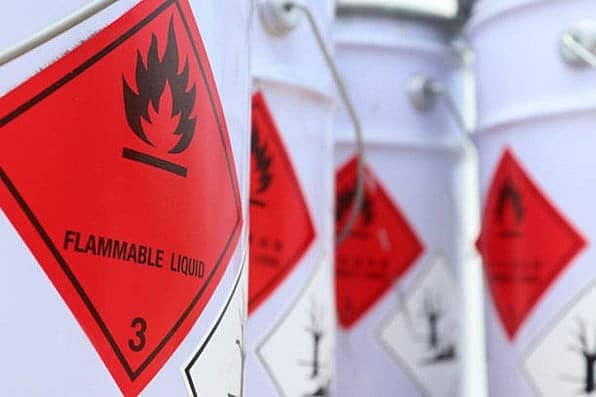Massachusetts recently adopted updates to The Massachusetts Comprehensive Fire Safety Code. The updated Code includes an adoption of the 2021 edition of NFPA 1, with Massachusetts amendments. These updates became effective on December 9, 2022.
The adoption of the 2021 edition of NFPA 1 will have a direct impact on lab buildings! The revised Massachusetts Fire Safety Code includes in Section 26.1.6.1.1 for lab buildings a requirement that the building management company maintain certain documentation including up-to-date, accurate Hazardous Materials Inventory Statements (HMIS) and Hazardous Material Management Plans (Building 414 Reports) as well as Tenant Compliance Reports (Tenant 414 Reports).
These requirements are already in place in some locations including Boston, and more recently, Watertown. With the updated Code, these documentation requirements will now become a requirement throughout Massachusetts, although enforcement will be dictated by the local Authority Having Jurisdiction (AHJ), or the local Fire Department.
Enforcement of the updated Code is expected to vary by city or town, but based on the Boston and Watertown models, requirements for other cities and towns in Massachusetts are expected to include preparation of:
- Building 414 Reports: these are required to outline the criteria from 780 CMR 414.1.3, the control area strategy for the building, and clearly identify the hazardous material limitations for the specific space associated with the permit. Detailed in this report should be the maximum allowable quantities (MAQ) of hazardous materials permitted in each control area and the code required fire protection features of the building.
- Tenant 414 Reports: these must meet the requirements of 527 CMR 1.00 Chapter 60and demonstrate that the hazardous materials are in compliance with the Fire Code as well as the Building’s 414 Report. The 414 Report should provide a comprehensive evaluation of the laboratory’s operations, processes, and fire protection systems specific to the space.
- Hazardous Material Inventory Statements (HMIS): these require the preparation of a comprehensive chemical inventory that may need to include (depending on the city or town) for each hazardous chemical its: name and CAS number, physical state, International Building Code Hazard Classification, NFPA 30 classification for flammable and combustible liquids, the NFPA 704 rating, and volume in storage and use (in open systems and closed). A summary report must also be included for each control area that provides the MAQ analysis to verify compliance for the specific area to be permitted.
Based on what we’ve seen in Massachusetts, local fire departments are requiring that all of the above documentation be prepared by, or reviewed by, an approved and qualified third party fire protection engineering firm.
For help navigating the recent updates to the Massachusetts Comprehensive Fire Safety Code and understanding how they affect your organization, please email us at [email protected].
This blog was written by Beth Graham, Safety Partners’ Director of Quality, Research, and Training.


